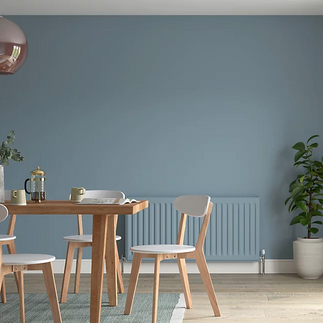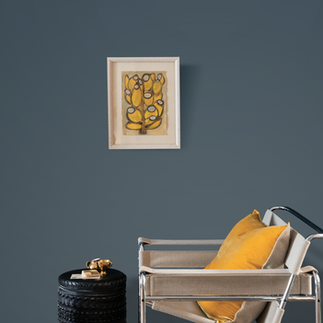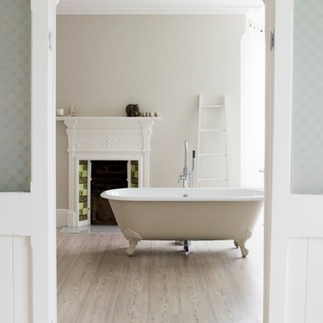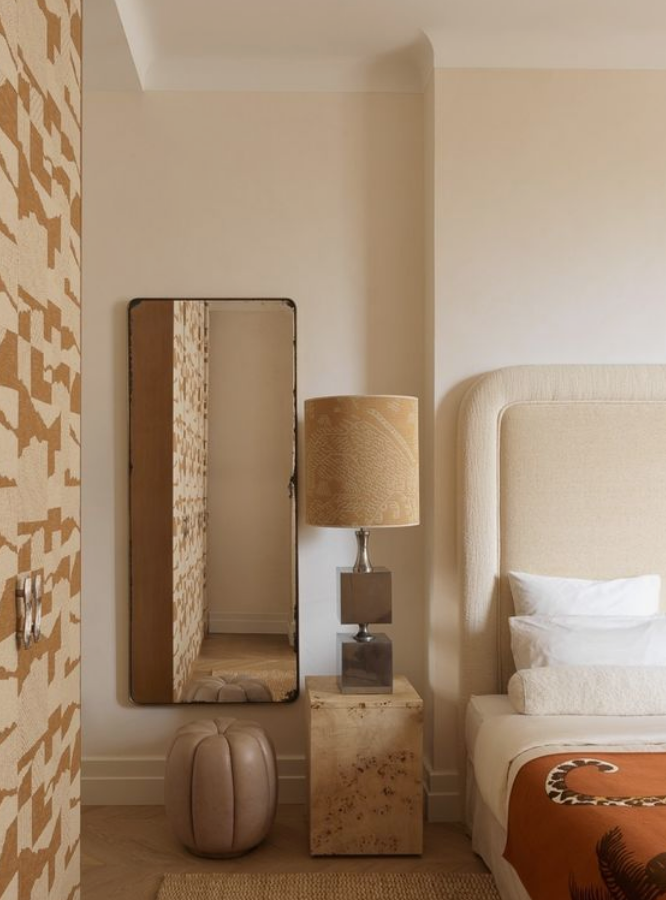A Guide to Colour Psychology in Interior Design
We know it can feel super overwhelming deciding the colour palette for your property. Even more so for you as a property investor, as you have to think about more than just what colours look great, but also about what colours are the most durable (no one wants to get the decorator in after every tenancy ends).
Maybe you know the kind of feel you want, but haven’t a clue what colours will help you to achieve this look or what colours compliment each other best.
Don’t you worry a minute longer! We’ll be exploring all of this and more so that after you’ve finished reading this you’ll feel fully equip to get going with that paint brush and roller!

Colours have the power to evoke emotions, influence moods, and even impact our physiological responses. While everyone may have personal preferences, there are some general associations that can guide your decision-making process when planning the interior design process of your investment property.
Before even looking at a colour chart, it’s a non-negotiable to first understand who your target market is and what they’re likely to want from the space. Maybe it’s a student house where you go a little wild and inject some fun colours. Or it could be the opposite and it’s a family who’ll be living in your property looking for a space to live which feels warm, inviting and safe.
Whoever your investment is aimed at, you need to know exactly who they are and what they’ll want.
Let's take a look at a few popular colours and their psychological effects:
Blue is known for its calming and soothing properties, making it perfect for bedrooms or spaces where relaxation is a priority.
Yellow is associated with optimism and energy. It can add a cheerful touch to a front door or spaces where you want to promote creativity.
Green represents harmony and balance, making it an excellent choice for living rooms or areas where you want to create a sense of calm and renewal.
Red is a bold and intense colour that stimulates appetite and adds a touch of passion. Consider incorporating it into dining spaces or areas where you want to create a lively atmosphere.
Neutral tones like beige, grey, and cream create a versatile backdrop that allows other elements to shine. They can be used as a foundation in any room to create a timeless and elegant atmosphere.
Now you know the above, can you pick out the feelings you want to evoke in your tenants & choose the correlating colour?
Before jumping in too quickly, here are some examples of different areas in a property & the different ways you might want someone to feel, along with the colours we’d choose for this…
Creating an Inviting Entrance
First impressions matter, and the entrance will set the tone for your entire property. When choosing colours for the entryway, consider the desired atmosphere you want to create:
Warm and Welcoming: Shades of warm neutrals, such as beige or soft earthy tones, exude a sense of comfort and hospitality. These colours can make your tenants feel instantly at ease.
Fresh and Vibrant: Opt for lively hues like light greens or yellows to evoke a feeling of energy and renewal. These colours can make a small entrance appear more spacious, inviting & fun.
Timeless Elegance: A classic option is to use cool neutral shades like light greys or soft blues, creating a sophisticated and timeless ambiance.
Setting the Mood in Living Spaces
Living spaces are where your tenants will relax, entertain, and connect with others. The colours you choose can significantly impact the overall mood and atmosphere:
Serene Retreat: Cool blues and soft greens promote tranquillity and relaxation, making them ideal for living rooms or areas where you want to create a calm oasis.
Cosy Warmth: Earthy tones like warm browns, rusty oranges, or deep reds can make a space feel cosy and intimate. These colours are perfect for creating a welcoming atmosphere in lounges or sitting areas.
Refreshing Vitality: Opt for energising colours like warm yellows to infuse a space with liveliness and a positive vibe. These colours work well in areas where you want to encourage conversation and social interaction like most student houses will.
Tranquil Bedrooms for Restful Nights
Bedrooms are our sanctuaries, and the right colours can promote restful sleep and relaxation:
Calming Oasis: Soft pastel colours, such as gentle blues or lavenders, create a serene and soothing environment. These colours are perfect for promoting relaxation and better sleep quality.
Neutral Retreat: Subtle neutral tones like warm beige or creamy whites can create a peaceful and sophisticated bedroom. These colours provide a versatile backdrop and allow you to introduce accent colours through furniture, bedding and accessories.
Romantic Vibes: Deep, rich hues like burgundy or deep blue can add a touch of luxury and romance to a bedroom. These colours evoke a sense of intimacy and cosiness.
Energising Spaces for Productivity
If you're designing a home office or a workspace, colours can play a significant role in boosting productivity and focus:
Vibrant Inspiration: Consider incorporating energising colours like yellow or green to stimulate creativity and focus. These colours are excellent choices for art studios or creative workspaces.
Balanced Neutrals: Opt for neutral shades with warm undertones, such as soft beiges or light browns, to create a calm and balanced workspace. These colours provide a sense of stability and can enhance productivity.
Mindful Ambiance: Soft blues or pastel colours can promote a sense of calm and concentration, making them suitable for offices or study areas where focus is crucial.
We hope that this has been informative & you feel more confident about choosing colour. Remember, colour psychology is not a rigid rulebook, but rather a guideline to help you create the desired atmosphere in your property. Don't be afraid to experiment and trust your instincts.
A final tip from us is to test test test! Colours can look so different under various lighting conditions, so it's crucial to test paint swatches and fabric samples in the space before making a final decision. This will ensure that the colours you choose work well with the room's natural light.



























